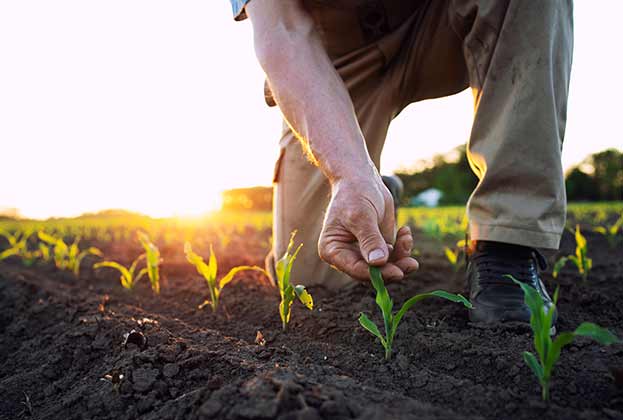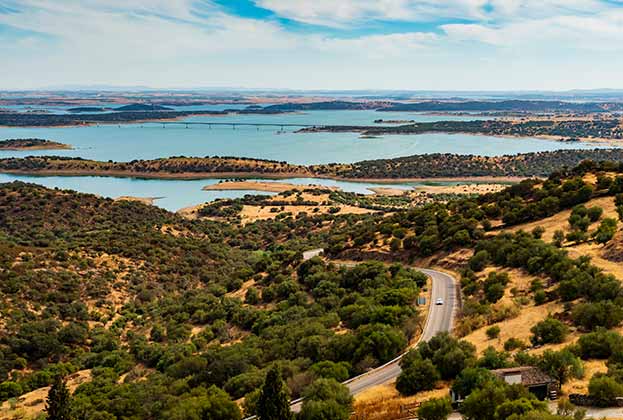Why do some nations have a comparative advantage in the global food supply chain?
Global nature of food
Agricultural land values, particularly in countries with strong agricultural sectors, are driven primarily by farmer income. Farmer income is often linked to a country’s comparative advantage to produce a particular agricultural commodity or food product at a lower cost than another country. Countries that are net exporters of food, feed and drink often enjoy comparative advantages in food production. Thus, comparative advantage can be understood at the macro level by tracking trade flows in food products. Examining the countries from which the UK imports food can provide a deeper understanding of drivers of global farmland values.
Many food types eaten worldwide originate outside the country where they are eventually consumed. This is mostly due to climate factors affecting where crops cannot be grown in a country for all or part of the year, yet year-round demand within the consuming country exists. At the same time, there is often a broader comparative advantage in production, which goes beyond climate factors, and is dependent on the individual product and geography.
As part of the findings of the UK’s Food Security Index launched in 2024, the UK government stated it ‘will always seek to champion and protect the UK’s high production standards, including in new free trade agreements, safeguarding our ability to maintain high environmental, animal welfare and food standards’. However, as the UK may not be fully self-sufficient in all product categories or across the whole year, ‘a balance between domestic production, and imports that are held to our high food standards, is integral to UK food security’.
What does the UK import, and from where?
According to provisional estimates by Defra, the UK imported £61 billion of food, feed and drink products in 2023. Due to its proximity to the UK, Europe was the dominant source of imports, with Brazil, the United States and China being the three most significant non-European suppliers. Defra estimates the UK exported £24 billion worth of food, feed and drink products in the same year.
Key suppliers to the UK
Netherlands
A major supplier both through its own production (with one of the largest and most productive glasshouse industries in the world as well as a highly mechanised and efficient field-scale vegetable sector) and as a trader of food products. Major exports to the UK include meat (pork and chicken), potatoes and potato products, tomatoes and processed food.
Spain
Because of its climate and knowledge of global best practices, Spain is Europe’s largest producer of fresh fruit and vegetables and exports a substantial volume of these to the UK.
Poland
Since joining the EU, Poland has become a centre of excellence for intensive agriculture and food production, in addition to its large-scale broad acre growing. It exports a high volume of poultry and pig meat to the UK, as well as a range of ready-to-eat foods
United States
A major global producer of commodity crops and meat products (particularly pork and beef), the main exports to the UK include wine, spirits, nuts (almonds, pistachios and walnuts) and agricultural commodities (particularly soya beans).
Brazil
Arguably among the top two producing countries in the world alongside the United States. Brazil is a major exporter to the UK of meat (specifically chicken and beef) and commodity crops (notably its traditional strengths of soya beans, coffee and sugar).
China
A large net importer of food but also a major producer, exporting a reasonable quantity to the UK, mostly prepared food products.
Read the articles within Spotlight: Global Farmland below.
.jpg)


